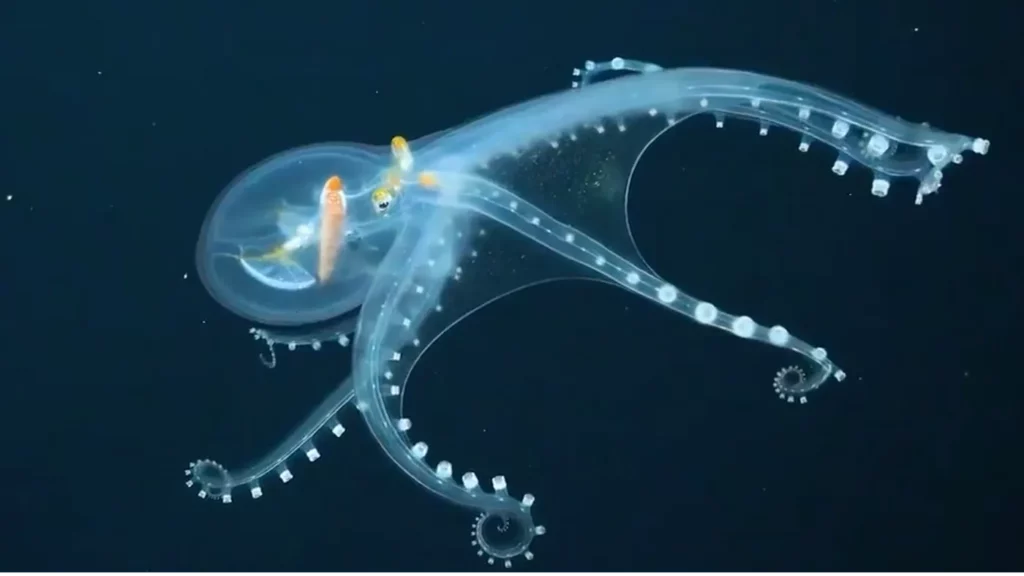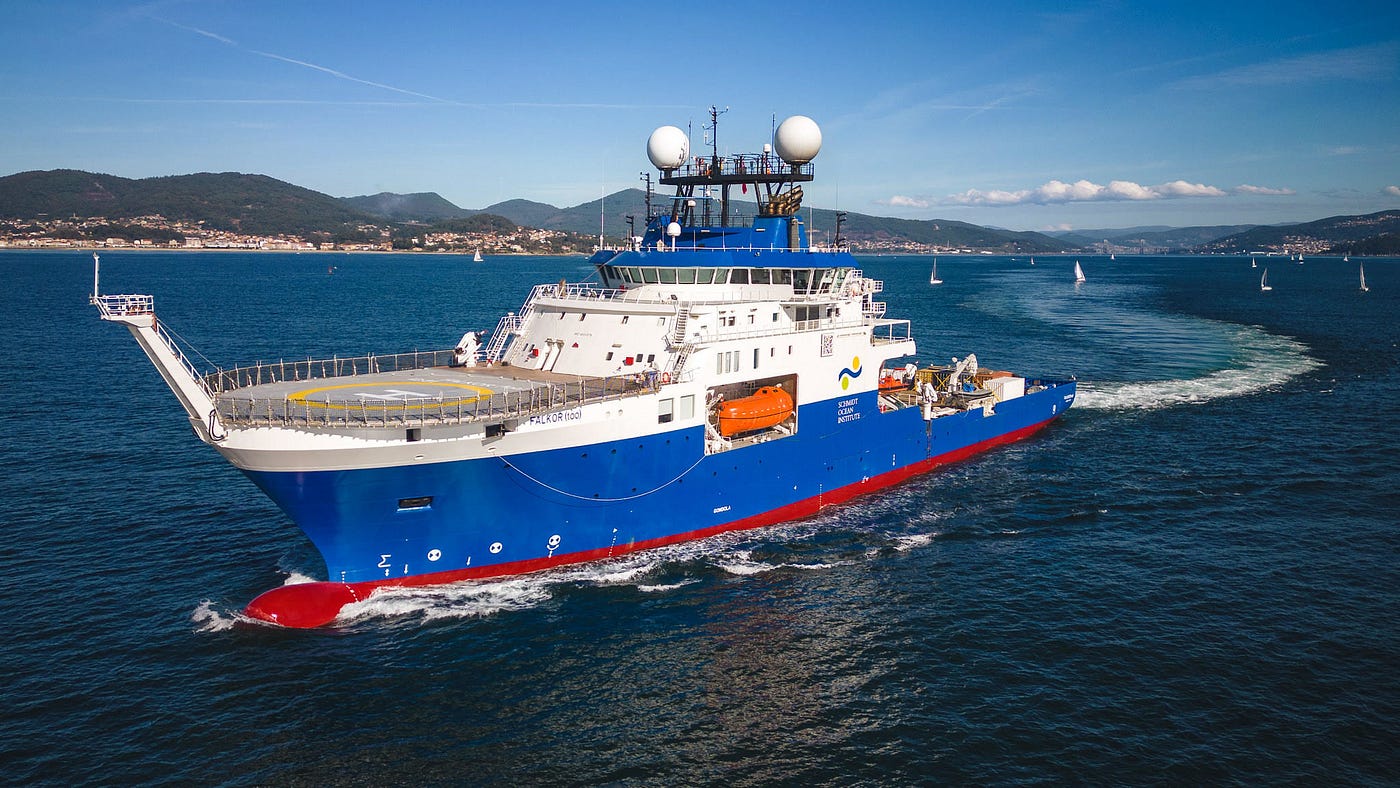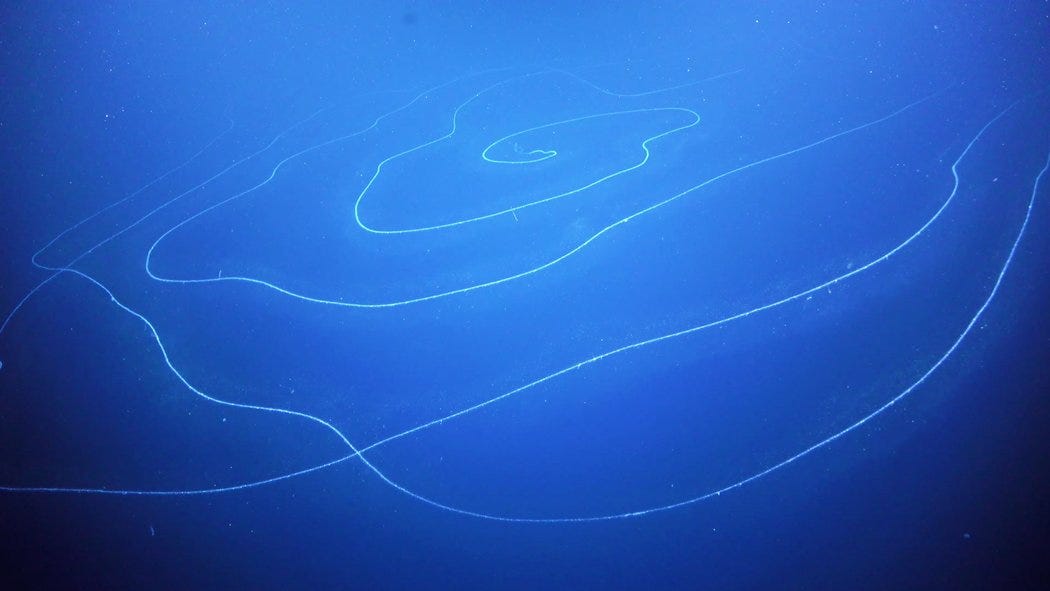The final frontier is closer than we think
Ocean exploration isn’t having a moment. It’s having a century.

For almost all of human history, the ocean was not only inaccessible but also inhospitable and often deadly. Our oldest cultural mythologies are marked with a fear of the deep sea, its creatures and contents, its epic vastness.
Technological advances of the last several decades, and particularly the last several years, however, are finally bringing light to the darkest reaches of our planet. The deep ocean, we now know, is home to levels of biodiversity and biochemical processes seen nowhere else on Earth, compounds with the potential to treat disease, deep links to all life on land, and so much else we have yet to discover. There’s a reason the United Nations has dubbed the 2020s the Decade of Ocean Science for Sustainable Development. With all due respect to Captain Kirk and our philanthropist peers headed to space, there’s a final frontier a little closer to home that deserves just as much attention, if not more.

Schmidt Ocean Institute’s new research vessel—Falkor (too), taking the mantle of our previous seafaring laboratory, Falkor—recently launched its inaugural expedition, bringing the latest ocean exploration technologies, the speediest land-to-sea communications and, of course, a bigger ship to advance marine research. By welcoming more scientists aboard than ever before—for free, provided they share their research and data publicly—we hope to join partners around the world to accelerate an even more fruitful era of knowledge-seeking in the sea to protect not only what lies below, but also all that lives and breathes on land.
As much as we know now about our ocean, much remains to be learned. Only about a quarter of the seafloor has been mapped to high resolution—imagine all we would miss seeing if 75% of our planet’s land was still uncharted. Estimates suggest there are over 170,000 underwater mountains—likely home to critically important ecosystems—to examine, along with plate tectonic boundaries, which can create deep trenches, volcanoes, earthquakes and tsunamis. There are up to 10 million marine species, bacteria and viruses in the ocean, and only 10% have been classified. In 2020 alone, Schmidt Ocean Institute’s previous vessel and the scientists aboard discovered the world’s longest sea creature and a coral reef taller than the Empire State building.

Finally, we know far too little about how humans are affecting the ocean and how the ocean, in turn, affects us. Climate change is rapidly turning the ocean more acidic and warming its waters, while humans are polluting it with plastic, transforming ocean and human life in ways we don’t understand. The ocean is also a vital regulator of our climate, weather systems and ecosystems, again in ways that are not deeply understood.
Schmidt Ocean Institute refitted the ship that is now named Falkor (too) with these unanswered questions in mind. The ship’s 98 berths will help us bring more scientists aboard than before. They’ll have access to eight different laboratories on the ship, a remote-operated underwater robot that can dive as deep as 14,700 feet, and a 150-ton crane that can rearrange 20 shipping-style containers to create custom labspace on a 10,000-square-foot deck. The ship can sail straight through a half foot of ice, meaning more access to more ocean, and its propeller system can help the ship either turn on a dime or stay relatively steady in rough seas.
And that’s just what you can see. Deep inside the gondola—welded to the bottom of the ship’s hull—is the latest in sonar technology, capable of detecting fish, capturing how water moves, mapping the seafloor and understanding the entire water column, from surface to floor, like cutting through a layer cake. Higher up are the most advanced sensors around. Scientists can access real-time data from multiple sources and analyze it instantly. High-performing computing power, combined with artificial intelligence, will let scientists create climate models and severe weather predictions thousands of miles from land. In the labs, the gondola and across sensor systems, Falkor (too) has significant open capacity, ready for technological advances still to come.
The technological capacities are, in themselves, impressive, as is marine research for its own sake. But without the ability to share them widely and for free, their impact would be limited. We focus many of our philanthropic dollars on the ocean because it is intricately connected to life on land, and for too long, those connections have been obscure. Now, not only can scientists confirm that life can thrive without light, that plastics are harming creatures we’ve never even seen before, that deep-sea fish offer clues to Alzheimer’s and cancer treatments, that Earth organisms may resemble hypothesized life on Jupiter’s moons, but they can also share that knowledge in real time. That means faster interdisciplinary research, more understanding of our planet, more awe-inspiring moments for the next generation of explorers, who these days are simply scientists by another name. The ever-expanding possibilities suggest not that the ocean is the final frontier, but rather, that there is no final frontier for human knowledge, so long as we keep sailing.